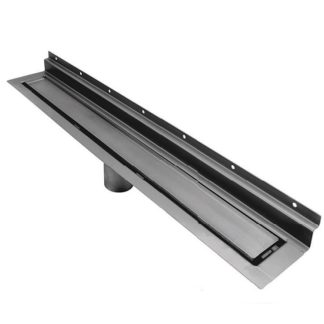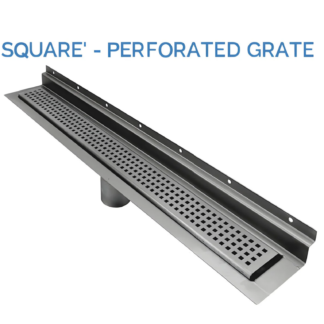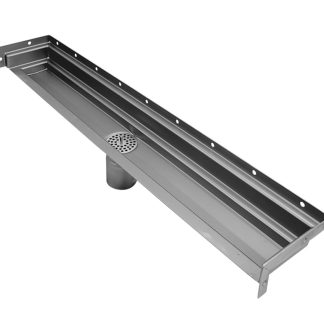House flipping has become a popular way for individuals to enter the real estate market and potentially turn a profit. If you’re intrigued by the idea of buying, renovating, and selling a property for a profit, this beginner’s guide will provide you with the essential basics to get started on your house flipping journey.
Research and Education: Before diving into the world of house flipping, it’s crucial to conduct thorough research and educate yourself about the real estate market, local housing trends, and the process of buying and selling properties. Familiarize yourself with the terminology used in real estate, such as ARV (After Repair Value), ROI (Return on Investment), and carrying costs.
Set a Realistic Budget: One of the fundamental aspects of house flipping is setting a realistic budget. Determine how much you can afford to invest in a property, considering not just the purchase price but also the renovation costs, closing costs, and potential carrying costs (e.g., property taxes, utilities, and insurance) during the renovation period.
Identify the Right Property: When searching for a property to flip, look for homes in up-and-coming neighborhoods or areas with high demand. Consider factors such as the property’s condition, the extent of renovations needed, and the potential for future appreciation. Attend local real estate auctions, explore online listings, and network with real estate agents to find suitable properties.
Build a Reliable Team: Successful house flipping requires a reliable team of professionals, including contractors, electricians, plumbers, and real estate agents. Establishing strong relationships with trustworthy individuals will be essential for timely and cost-effective renovations. Vet potential team members thoroughly and consider seeking recommendations from other experienced house flippers.
Crunch the Numbers: Before making an offer on a property, perform a detailed financial analysis to ensure the potential for profit. Calculate the ARV by estimating the property’s value after renovations. Deduct the purchase price, renovation costs, and holding costs to determine your potential profit margin. Ensure that the numbers make sense and align with your financial goals.
Plan and Execute Renovations Wisely: Once you’ve acquired a property, create a detailed renovation plan and timeline. Prioritize essential repairs and improvements that will add value to the property. Keep an eye on the budget and timeline to avoid unexpected delays and expenses. Regularly communicate with your team to ensure the project is progressing smoothly.
Market Effectively: After completing the renovations, it’s time to market the property for sale. Utilize effective marketing strategies, such as professional photography, online listings, and social media, to showcase the property’s transformation. Set an attractive listing price based on your research and the property’s market value.
Conclusion: House flipping can be a rewarding venture for those willing to put in the effort, research, and careful planning. By understanding the basics, setting a realistic budget, building a reliable team, and executing renovations strategically, you can embark on a successful house flipping journey. Remember to stay informed, be patient, and continuously refine your skills to maximize your chances of success in the dynamic world of real estate investment.






